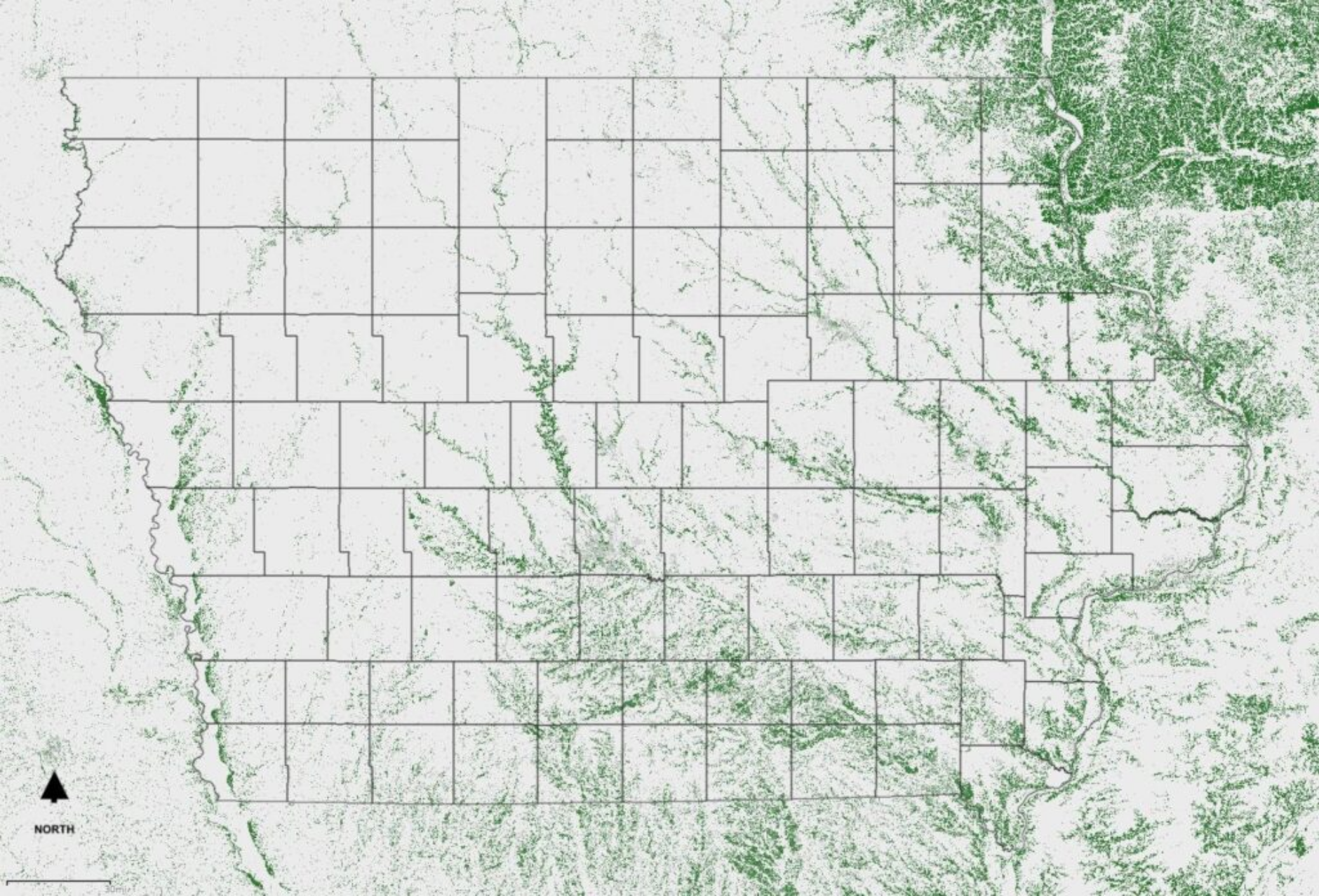
Understanding Land Use Changes in the Midwest
This study, commissioned by seven Midwest State Farm Bureaus, was conducted by Decision Innovation Solutions.
This analysis utilizes a variety of analytical techniques, tools, and datasets. It was performed using the years 2007-2012 as its frame of reference.
Given the importance associated with a critical limited resource such as land, context is of utmost importance. Understanding what is happening contextually allows those seeking to comprehend changes in land use patterns to not only grasp what has actually occurred, but what may have contributed to that change.
Since approximately 2005, focus on land use issues has centered on the extent to which land is being converted to the production of crops, and even more specifically, the major program crops and those crops for which there is crop insurance coverage.
The issue of land use change is of great importance in the Midwest. Due to its prime location and possession of some the most productive soils in the world, the issue will certainly be discussed for years to come.
In order to adequately address land use challenges it is imperative to have an accurate understanding of what has occurred, as well as what may have contributed to the myriad of land use changes which have occurred over time.
Objective 1
To estimate the degree to which land use changes have occurred in the states
Objective 2
To identify potential factors contributing to these land use changes
The Results
A study of historical land use patterns across seven Midwestern states reveals little net movement of habitat to crop land and negligible impact on land use by federal program crops or those acres under crop insurance. The primary driver of land use change appears to be expected net returns available to land owners.

